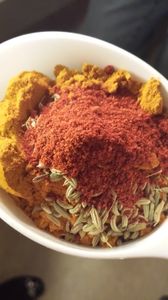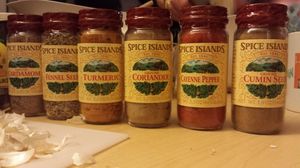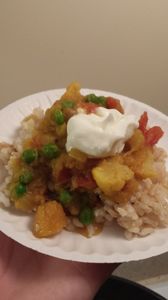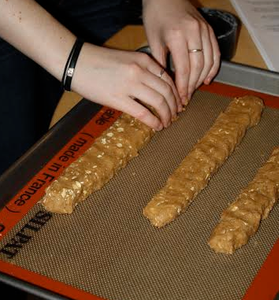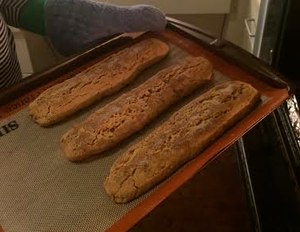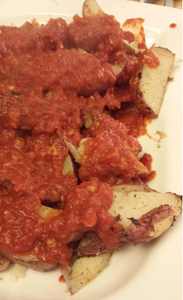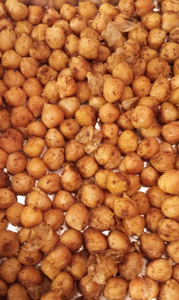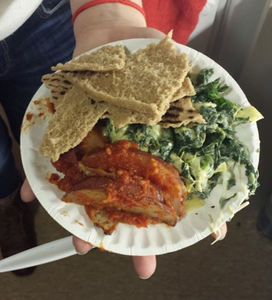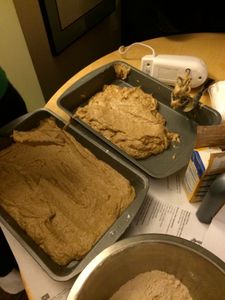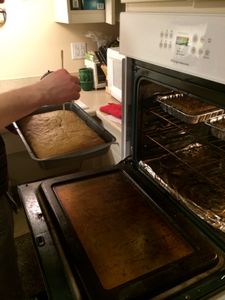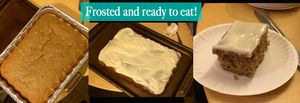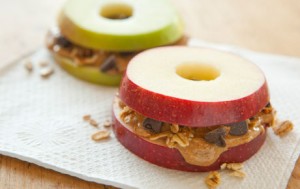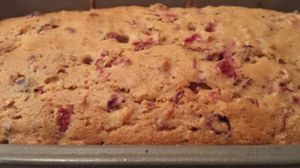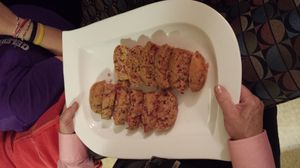By Bianca Tamburello, Dietetics Student, Sargent College
Did the class Healthy Cooking on a Budget fill up before you got a chance to register? Well have no fears! I’m here to give you the inside scoop along with a delicious SCNC recipe!
The SCNC recognizes that eating well on a budget, especially a student’s budget, can be quite challenging. Each week Lauren Ferraro MS, RD teaches BU students how to stretch their dollar and get proper nutrition at the same time.
In addition to teaching students more about nutrition and how to prepare foods, one of the most important topics covered in Healthy Cooking on a Budget is food safety. While cooking, Lauren discussed the importance of proper meat handling.
Follow these tips to keep your food safe and stomach happy.
How should I defrost frozen meat?
Never thaw meat by leaving it on the counter or submerging it in water. Thaw meat in the microwave or in the refrigerator to avoid bacterial growth.
What is the safest way to store meat?
Place meat on the bottom of your refrigerator. Meat juices can look through packaging and contaminate food products down below.
How should I avoid cross contamination in my kitchen?
Designate different cutting boards for meat and vegetables. Also, disinfect the entire counter top or table you are working on. Microscopic amounts of meat juices can escape or splatter during preparation without your knowledge.
Important Numbers to Remember
40- Keep your refrigerator at 40 degrees F or less to inhibit bacterial growth and slow food spoilage.
165- Heat leftovers to 165 degrees F before consumption. If you do not remember when you made your leftovers, THROW THEM AWAY!
2- Do not let perishable foods and meat sit out for more than 2 hours before refrigeration.
20- Wash your hands for at least 20 seconds with soap under warm water before, after and during cooking.
Adapted from http://www.eatright.org/Public/content.aspx?id=10948 – .ULL2uo5EDRo
Disclaimer: The Sargent Choice blog includes links to other websites only as information to consumers, not as medical advice. When you access an external website, keep in mind that Sargent Choice has no control over its content. Sargent Choice is not responsible for the content found at any of the sites, nor do any links imply endorsement or promotion of the company/organization, its content, services, therapeutic treatment options, or products. Accordingly, you visit any site at your own risk. Sargent Choice is also not responsible for the policies and practices of these sites, such as their Privacy Policy, use of “cookies”, etc. We encourage you to review the privacy policies of each site that you visit through a link on our website


